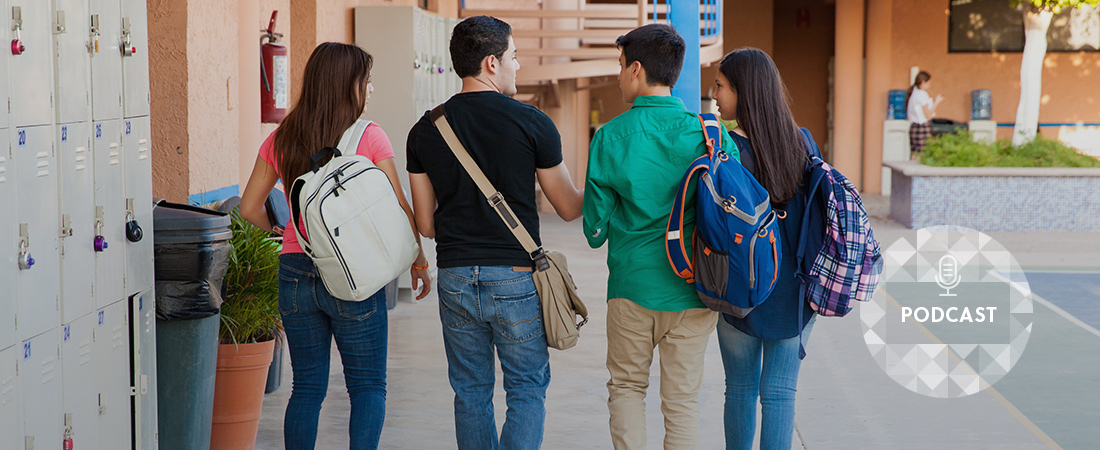How Should Communities Respond to Marijuana Legalization?

EDC’s signature trainings and consultations strengthen and build the nation’s prevention workforce. Learn more.
Mosaic: The EDC Podcast
Listen in as our experts discuss a wide range of current topics and the innovative solutions that are being developed to address them. Check out all of our podcasts.
Half of the U.S. population now live in states where medical or recreational marijuana use is legally allowed. But as marijuana is becoming more widely available, many communities are struggling to ensure that people use the drug responsibly—and that it stays out of the hands of minors.
A public health specialist with Prevention Solutions@EDC, Gisela Rots is experienced in coordinating drug and alcohol prevention programs at the community level. In this podcast, she discusses what effective youth prevention programs could look like at a time when marijuana is becoming more mainstream.
On how legalization can affect the use of marijuana by minors
Rots: “As communities become more accepting of a certain substance use among adults, the perception of harm of that substance really starts to decrease among kids. . . . And unfortunately as that perception of harm comes down, we often see use [of that substance] go up [among youth].”
On how existing public health programs can inform prevention
Rots: “We can look to alcohol policy, tobacco policy, see how those regulations and frameworks have been set up—and how that has impacted use.”
On how communities can prevent minor use of legalized marijuana
Rots: “We know from our work in underage drinking prevention that a retailer training—a training of staff who are selling alcohol or, in this case, marijuana—can help protect against youth buying from certain establishments. It can also help us get those front-line staff to understand the public health component of using substances like this. And we can think about limiting advertising, too.”